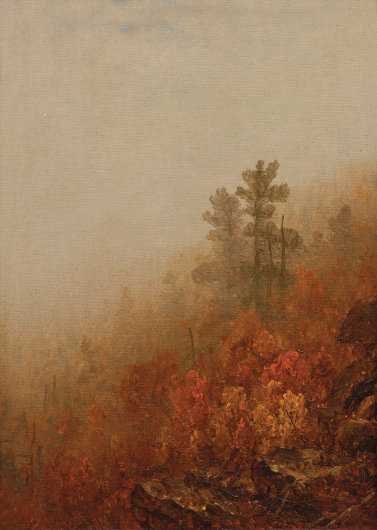
08 Mar Editors Note: Into the Soul of the West
Throughout history, we’ve celebrated explorers for their courage, resilience, and curiosity. They venture into the unknown, seeking to expand our understanding of the world. Yet, beyond the realms of geography and science, there exists another type of explorer — the artist.
Artists embark on journeys of the mind, navigating the endless potential of creativity. Just as early explorers sought to provide us with new knowledge, artists seek to uncover the beauty of the world and, through it, reveal to us the depths of our varied human experiences, emotions, and motivations. And the West has long been a region that inspires such explorations.
In each issue of WA&A, we offer insight into the creative journey of the region’s artists and architects. This issue introduces you to historical and contemporary Western painters who explore the tradition of the nocturne, capturing moments amidst ever-darkening skies. Western artists have a rich history of portraying such nighttime scenes, beginning with Frank Tenney Johnson and Frederic Remington and continuing on to many artists working today, “Stories by Nightfall,” pg. 148.
In the art feature “The Complexity of Life” (pg. 124), you’ll discover the innovative approach that artist Esteban Cabeza de Baca brings to his work, which includes exploring how the abstract paintings of the New York School speak to the history of Southwest landscape painting. “We as artists have to hold many stories in our head while also ignoring them in order to make compelling work,” he says.
Brad Teare’s artistic journey led him to explore illustration, woodcuts, and painting in acrylics and oils. He developed a technique in which he practically sculpts paint with his palette knife, adding depth and texture to his landscapes of Utah. “There’s an energy to it, a flow,” says Teare. “I really enjoy working from the shoulder. You can’t hold a palette knife and render like you would with a pencil.” (“Declarations of the Palette Knife,” pg. 136).
In the West, architects blend modernity with the timeless allure of the old frontier. In the architecture feature “ShineMaker,” we read about a home near Jackson Hole, Wyoming, that’s sheltered from the outdoors while embracing it, pg. 130. “Modernism means different things to everybody,” says architect Eric Logan of CLB Architects, “but this is a project that was never about making an architectural statement, but rather about making very simple containers for living, ones that are sculptural but that don’t interfere with the landscape.”
Meanwhile, a Santa Barbara, California home takes its cues from architect Richard Neutra and the mid-20th-century Case Study Houses, a project whereby major architects of the day, including Neutra, were asked to design and build efficient model homes for soldiers returning after World War II. In “A Sense of Harmony” (pg. 142), the home embraces California living with wide expanses of glass and limited separation between indoors and out, allowing elements of Neutra’s legacy to shine.
Like explorers setting out into the unknown, artists and architects embark on their own creative quests. Let’s celebrate them as brave pioneers of the imagination. Thank you for joining us on this artistic exploration of the American West.
Christine Rogel, Editor in Chief
christine@westernartandarchitecture.com






No Comments